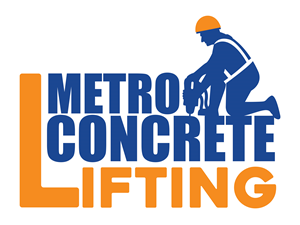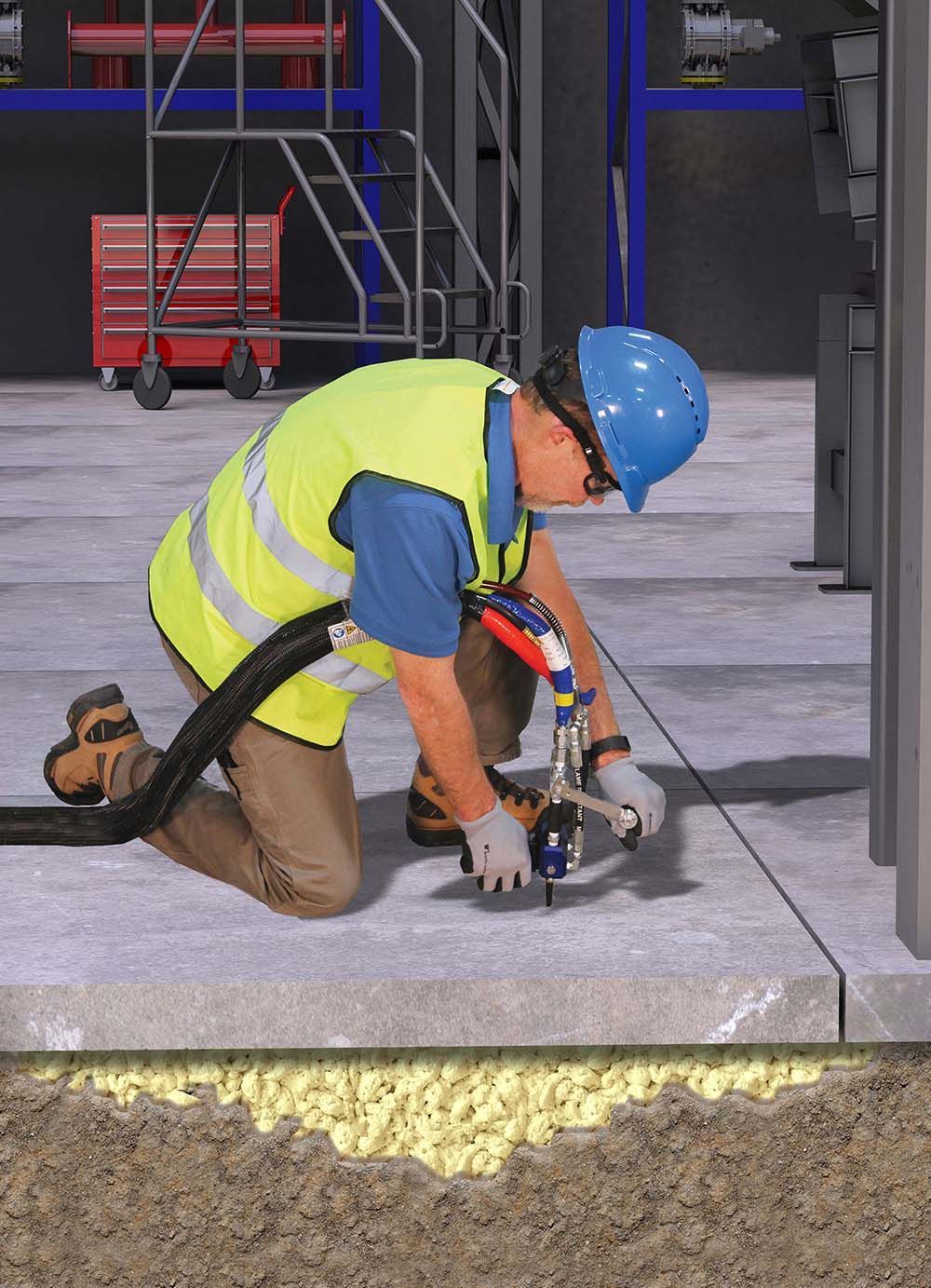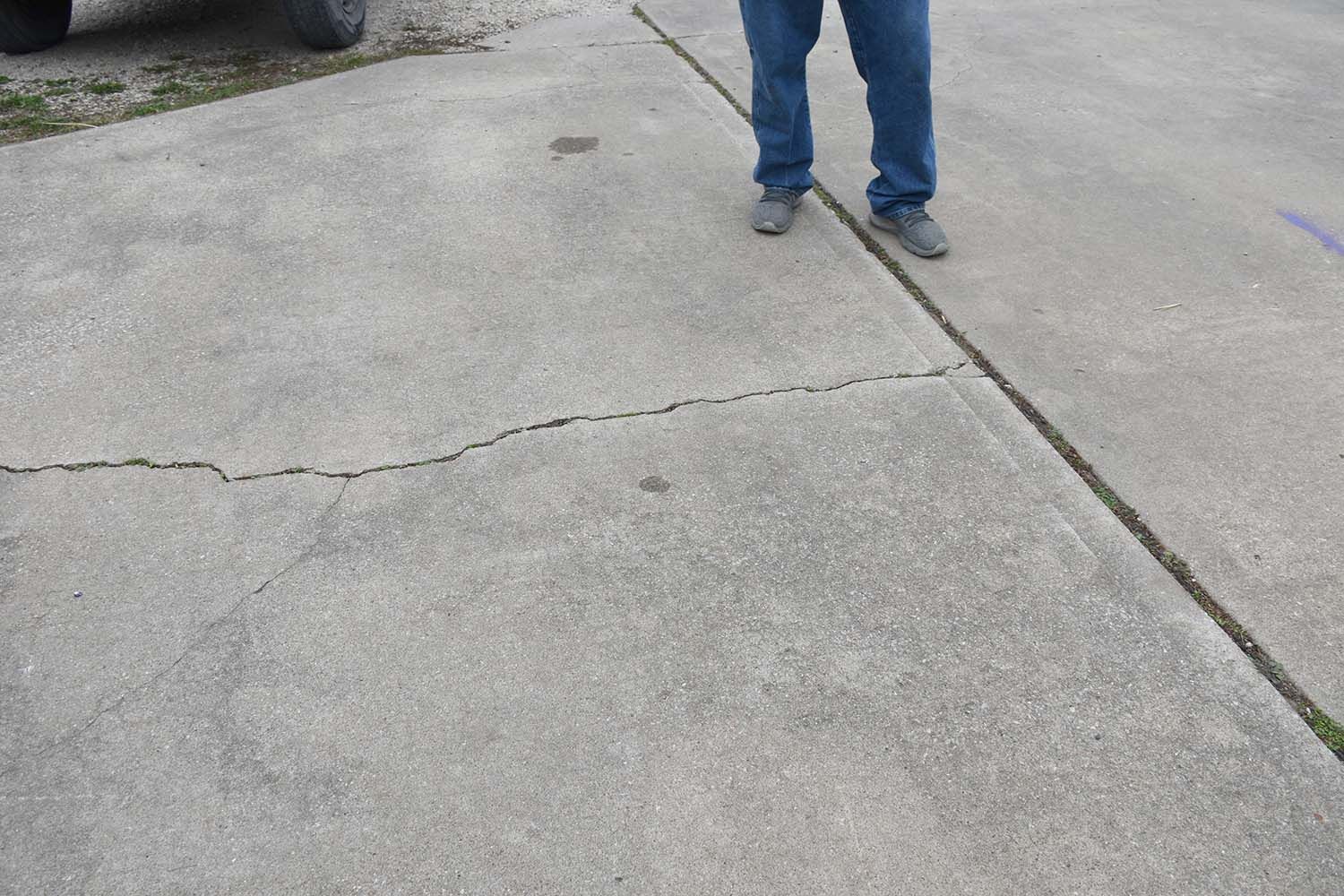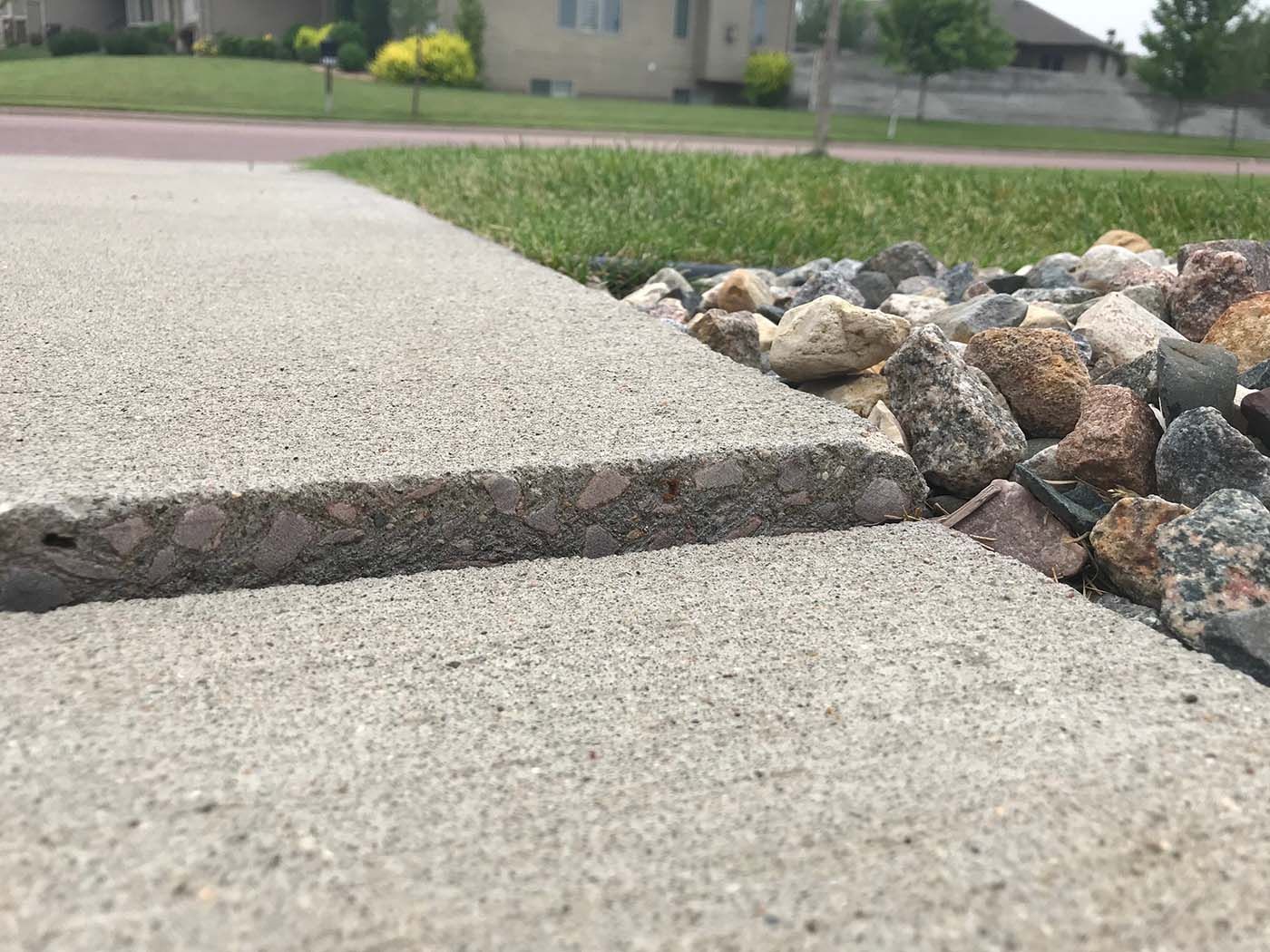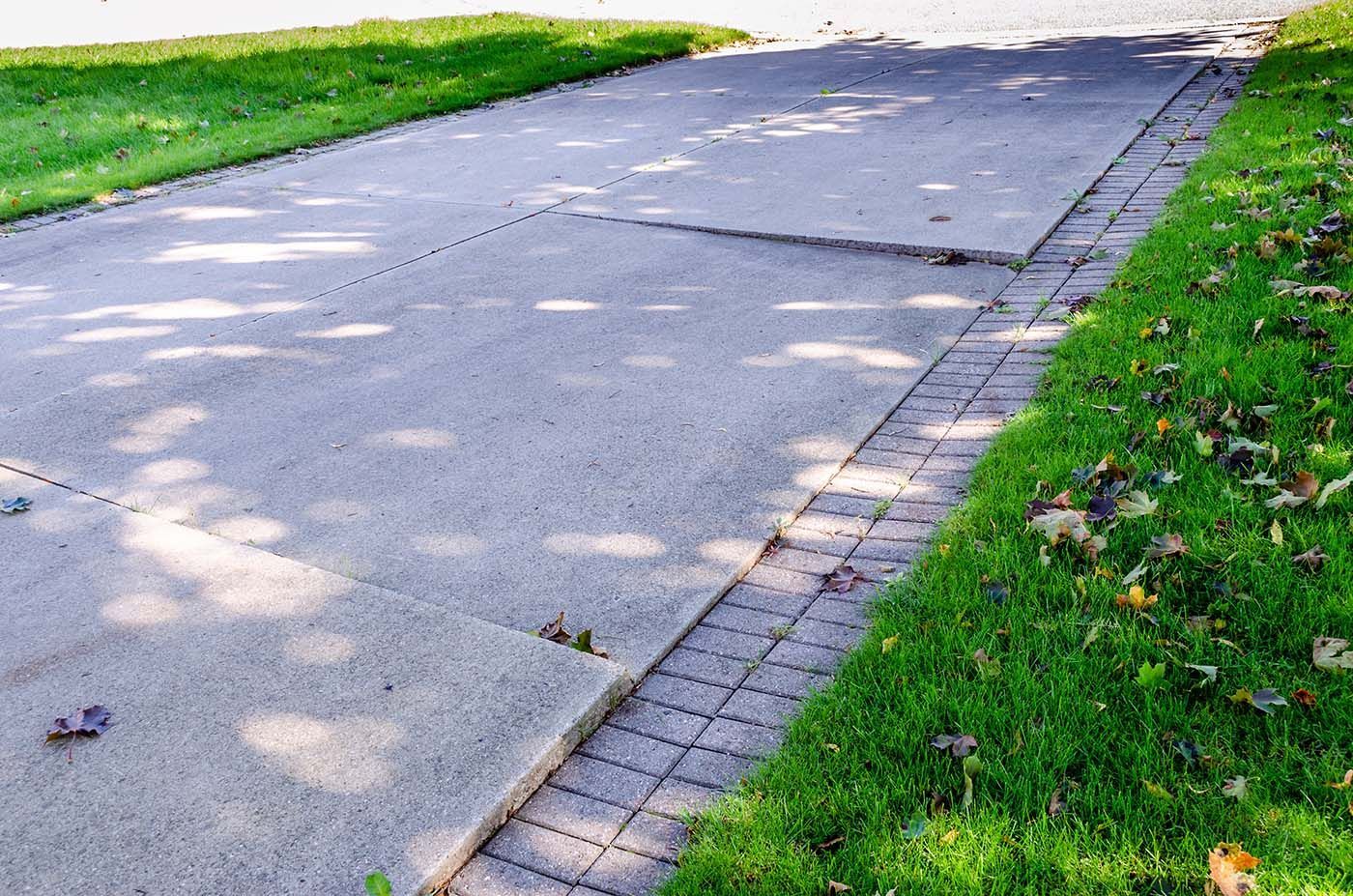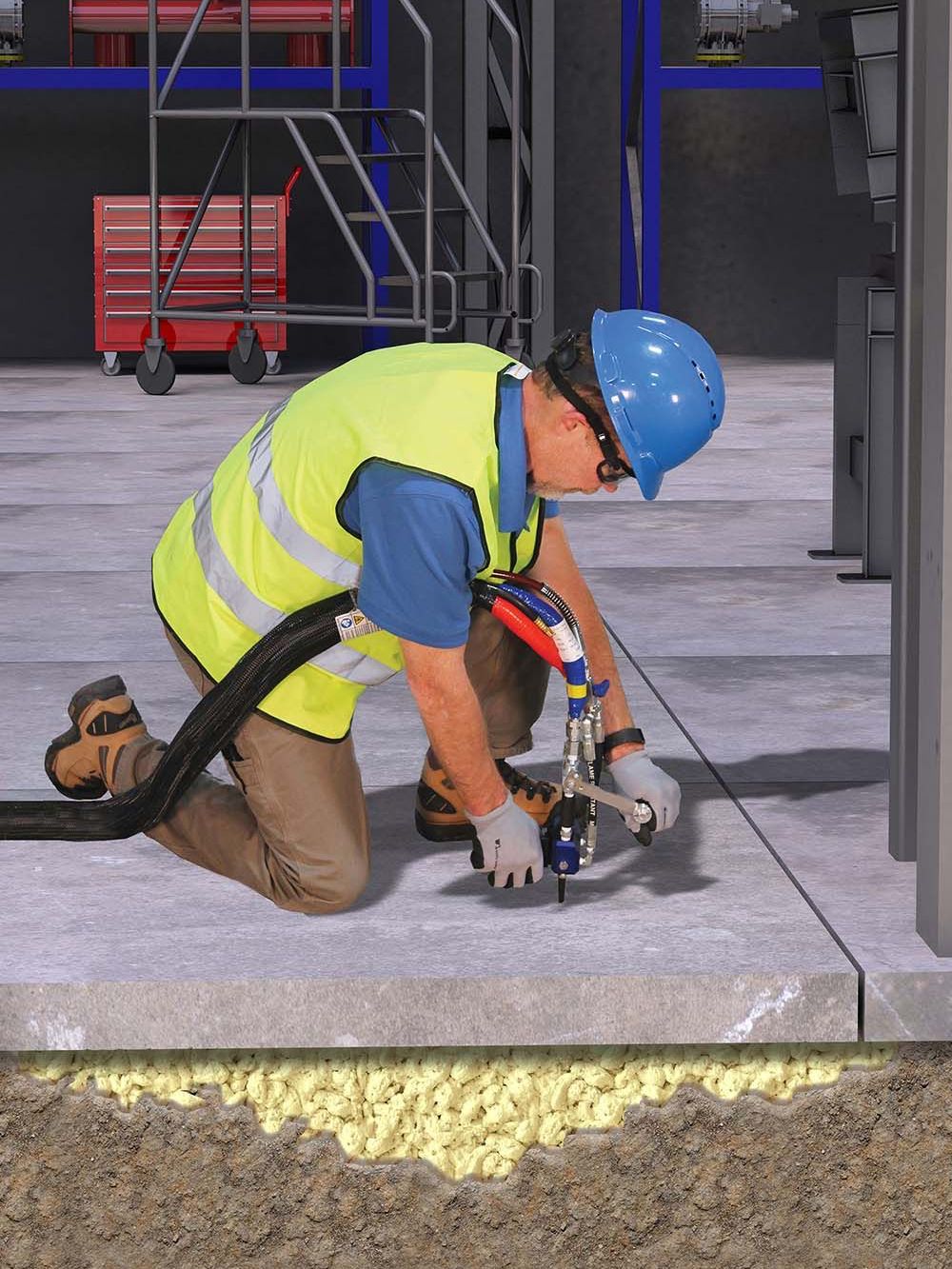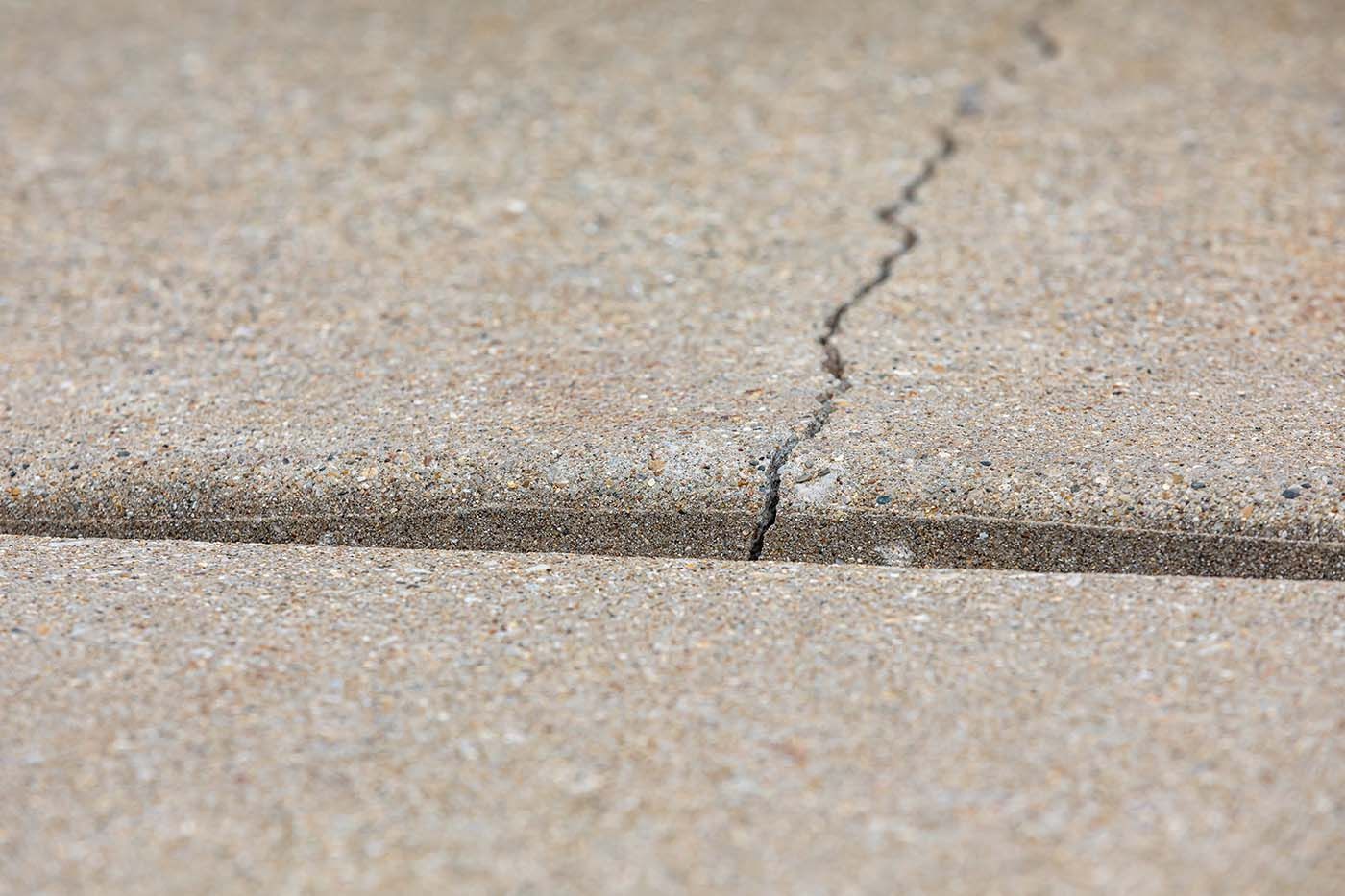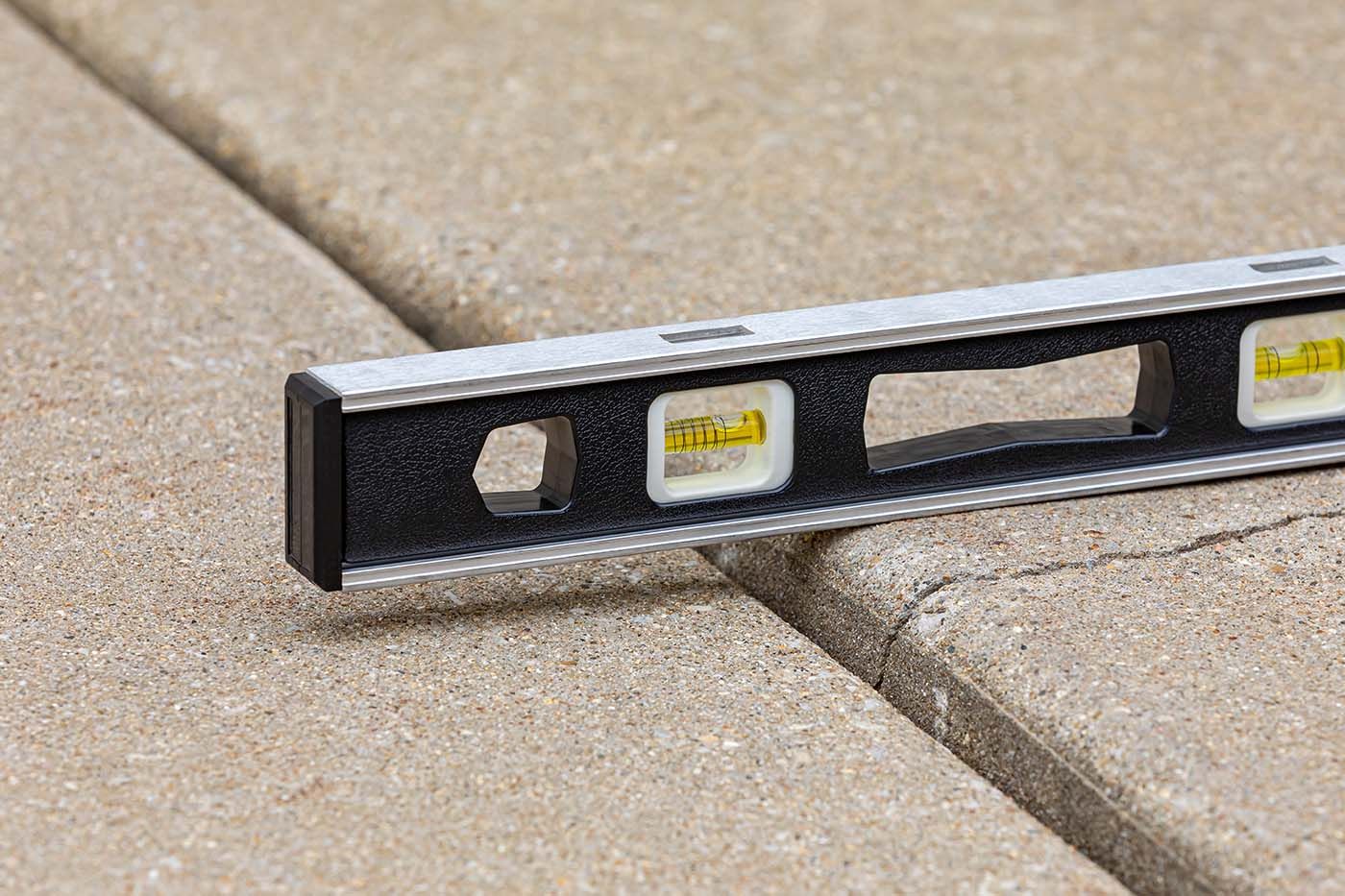Signs You Need Polyurethane Foam Lifting
Request A Free EstimateUnderstanding Polyurethane Foam Lifting
We're here to provide you with top-notch polyurethane foam lifting services in Westchester, the Lower Hudson Valley, and New Jersey. If you've noticed uneven or sunken concrete surfaces around your property, it's essential to address these issues promptly to maintain safety and aesthetics. In this article, we'll guide you through the signs that indicate you might need polyurethane foam lifting and how our expert services can help restore your concrete surfaces.
What Is Polyurethane Foam Lifting?
Polyurethane foam lifting, also known as foam jacking, is a modern technique used to raise and level sunken concrete slabs. This method involves injecting a high-density polyurethane foam beneath the affected concrete, which expands and hardens, lifting the slab back to its original position. It's a minimally invasive and cost-effective alternative to traditional concrete replacement methods.
How Does It Work?
The process begins with drilling small, strategically placed holes in the sunken concrete. Through these holes, the polyurethane foam is injected under the slab. As the foam expands, it fills voids and stabilizes the soil, effectively lifting the concrete. The holes are then patched, leaving the surface ready for use shortly after the procedure.
Benefits of Polyurethane Foam Lifting
- Quick Installation and Minimal Downtime: The foam cures rapidly, allowing you to use the repaired area almost immediately.
- Cost-Effective: It's generally more affordable than replacing the entire concrete slab.
- Durable and Long-Lasting: The materials used are resistant to moisture and decay, ensuring longevity.
- Environmentally Friendly: The process uses eco-friendly materials and reduces waste by preserving existing concrete.

Common Signs Indicating the Need for Polyurethane Foam Lifting
Cracked Concrete Surfaces
Cracks in your concrete surfaces are often the first indicators of underlying issues. While small cracks might seem harmless, they can widen over time, leading to more significant problems. If you notice cracks in your driveway, patio, or sidewalks, it's a sign that the concrete may be settling unevenly.
Uneven or Sunken Concrete Slabs
If you observe that certain sections of your concrete surfaces are lower than others, it indicates that the soil beneath has shifted or eroded. This unevenness not only affects the appearance of your property but also poses safety risks.
Water Pooling on Concrete Surfaces
After rainfall, do you notice water collecting in specific areas of your concrete surfaces? Pooling water suggests that the concrete has settled unevenly, creating depressions where water accumulates. This can lead to further deterioration over time.
Gaps Between Concrete and Adjacent Structures
Gaps between your concrete slabs and adjacent structures, such as your home's foundation or steps, indicate that the concrete has moved or sunk. These gaps can allow water infiltration, leading to additional damage.
Trip Hazards on Walkways and Driveways
Uneven concrete surfaces create dangerous trip hazards, especially on walkways and driveways. Addressing these issues promptly is crucial to prevent accidents and potential liability concerns.
Sticking Doors or Windows Due to Foundation Shifts
Sometimes, uneven concrete can be a symptom of broader foundation issues. If you notice doors or windows sticking or not closing properly, it could be due to shifts in the foundation affecting the alignment.
Causes of Concrete Settlement and Damage
- Soil Erosion and Washout: Water is a common culprit in soil erosion. Heavy rainfall or poor drainage can wash away the soil supporting your concrete slabs, leading to settlement and cracks.
- Poor Soil Compaction: If the soil beneath the concrete wasn't adequately compacted during installation, it could settle over time, causing the concrete to sink or become uneven.
- Tree Root Growth: While trees add beauty to your property, their roots can grow beneath concrete slabs, lifting or cracking them as they expand.
- Heavy Loads and Traffic: Constant exposure to heavy vehicles or equipment can stress concrete surfaces, leading to settlement or damage over time.
- Freeze-Thaw Cycles: In regions like Westchester, the Lower Hudson Valley, and New Jersey, freeze-thaw cycles are common. Water that seeps into cracks can freeze and expand, causing the concrete to crack and deteriorate further.

Advantages of Choosing Polyurethane Foam Lifting
- Quick Installation and Minimal Downtime: One of the significant benefits of polyurethane foam lifting is its rapid curing time. Most projects are completed within a few hours, and the area is ready for use almost immediately, minimizing disruptions to your daily routine.
- Cost-Effective Compared to Replacement: Replacing concrete can be expensive and time-consuming. Polyurethane foam lifting offers a more affordable solution that extends the life of your existing concrete surfaces.
- Environmentally Friendly Solution: By preserving your current concrete slabs, this method reduces waste and the environmental
